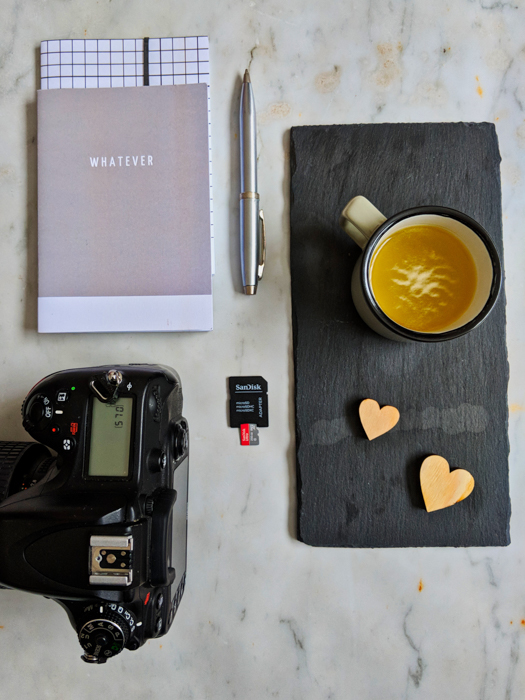Differences between RAW and JPEG Picture Formats in a Digital Camera
JPG Vs. Brand-Specific Raw Vs. DNG
JPG compression is used in a number of image file formats. JPG is the most common image format used by digital cameras and other photographic image capture devices.
These images are ‘compressed’ and only keep the data that the camera deemed as worth keeping. If you’re uploading your images to social media or directly to your archive, good. But because of this, they don’t offer much play in post-processing.
A raw (note the lower case spelling) image contains all the raw data of the scene you’re capturing. This means you have the full dynamic and color range for every single pixel your camera can capture.
Raw image files are way bigger than JPG files. They give you more room to change exposure values, white balance, and to tweak colors using post-processing software.
Manufacturers usually have their own raw file formats. Canon uses CR2 and CR3, Nikon uses NEF, and so on.
A DNG is a Digital Negative. In a non-brand-specific raw format. For all intents and purposes, it is the same as a normal raw file. My Canon 7D shoots in JPG and/or CR2 raw, but my Ricoh GRII uses DNG.

Size Difference
There is a considerable difference between the two file types.
JPGs are compressed. They fit perfectly in the 8-bit boundary used for web images. They are usually the end result of raw conversions, too.
Because of the various amounts of compression, JPG file sizes vary. On a 20MP digital camera, they are between 5 and 10 MB.
Raw files, on the other hand, contain all the data your camera captured. Raw files are perfect for extensive post-processing.
Most raw formats are uncompressed. This means that every raw file (at the same settings) has roughly the same size, no matter what’s in the photo. They are usually around 30MP each on a 20MP camera.
So, if a raw file takes 30 MB of space, it can fit in the memory cards as follows:
- 32 gb = 1,092 photographs
- 64 gb = 2,184 photographs
- 128 gb = 4,368 photographs
- 256 gb = 8,732 photographs
JPG files are almost too much to count at 7 MB each:
- 32 gb = 4,700 photographs
- 64 gb = 9400 photographs
- 128 gb = 18,800 photographs
- 256 gb = 37,600 photographs
*remember that this digital aspect is 1,024 bytes = 1mb and 1,024 mb is 1 gb*

